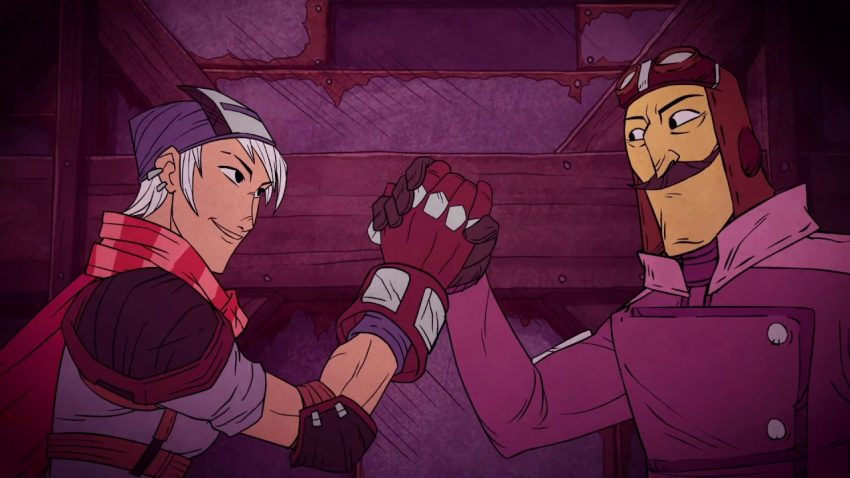If you play Griftlands and looking for some basic or advance guide for beginners, this guide will show you about HP, resolve, graft and more, let’s check it out.
The Early Game
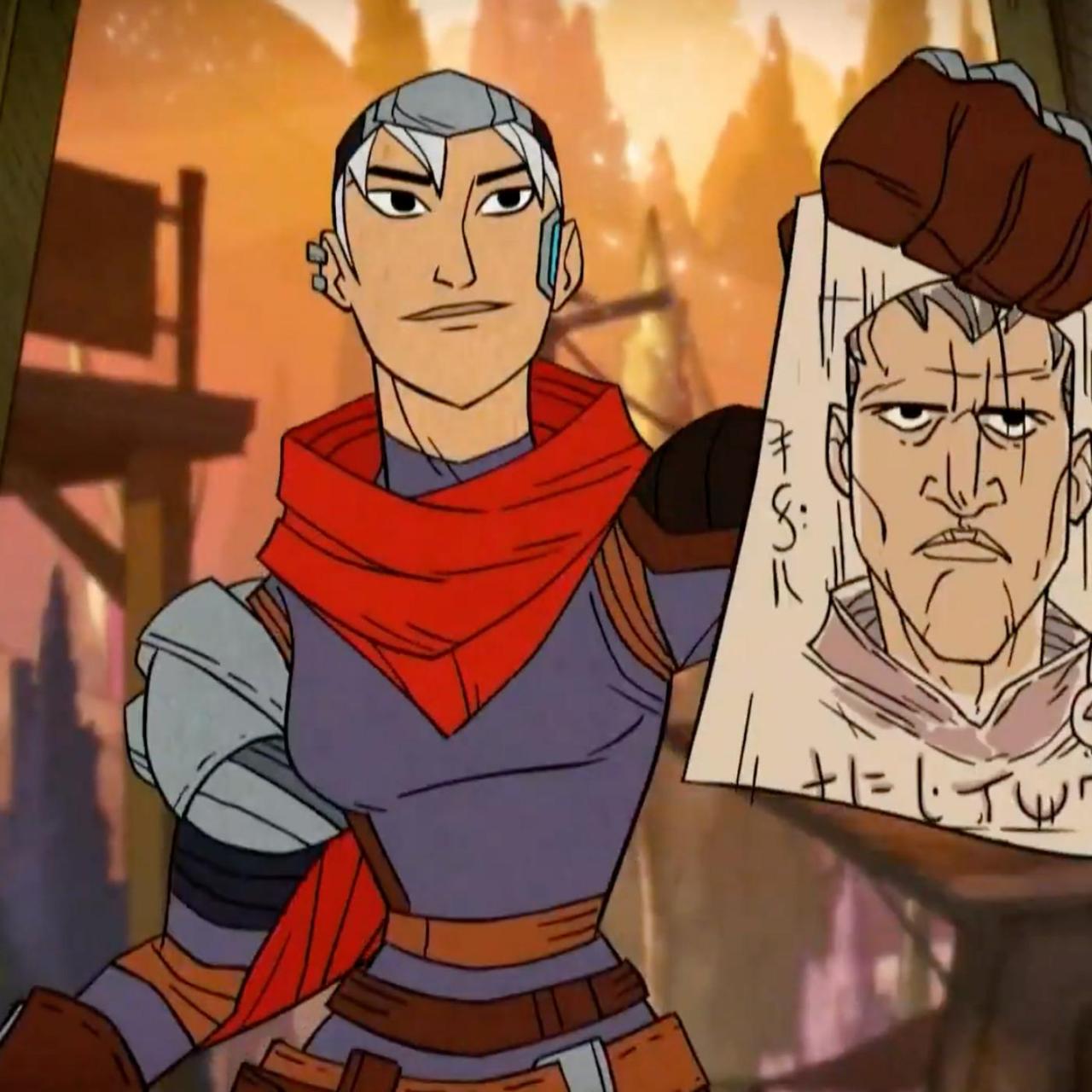
So the first thing we should go through, is how to play the game properly, what to look for and how to do everything in the right order, then we can talk about the nitty gritty stuff at the end.
The first thing that comes around, is the bar choice at the start of the game, you can choose between and item, some shills, some cards, or a random graft. (Most of the time, go for the money or the graft)
The other choices are not that good or very replaceable at the later stages of the game, what you can keep for the whole run, is a graft or the shills, always take things that have more permanance in your run.
The second thing I want to cover is the order of importance when it comes to the quest rewards.
You should be picking in this order. (Top being the best)
Speed Events (Those that has to be picked now, or they go away, if they have a good reward)
Graft Rewards (Until you max it out, you get boss ones for replacement later)
Shill Rewards (I will explain why shills are so important later)
Item Rewards (If they’re good enough)
Health Healing (If Needed)
Resolve Healing (If needed)
The rest.
HP and Resolve Management and Workarounds
So for some tips and tricks for certain HP/Resolve mechanics in the game we have the following.
1: Always go to the nightmarket and upgrade graft slots by using up your HP Before sleeping (Unless its the 2nd day, because of the assassin.) Since you will heal for a ton when sleeping.
2: Try to befriend the heshen cultists, gaining access to their camp makes you able to heal resolve for free once a day by recieving a blessing.
3: Try to avoid drinking/eating for resolve and HP, it really slows your gameplay down in fights, be it negotiations or battles. (Always drink to make people like you, not to restore resolve) then try to get into easy negotiations and get rid of the status cards.
4: Making the heshen cultists love you also comes with the benefit of a boon in negotiations that restores resolve every turn and gives you composure.
I will make this bigger once I find more ways.
The Benefits of Making Friends
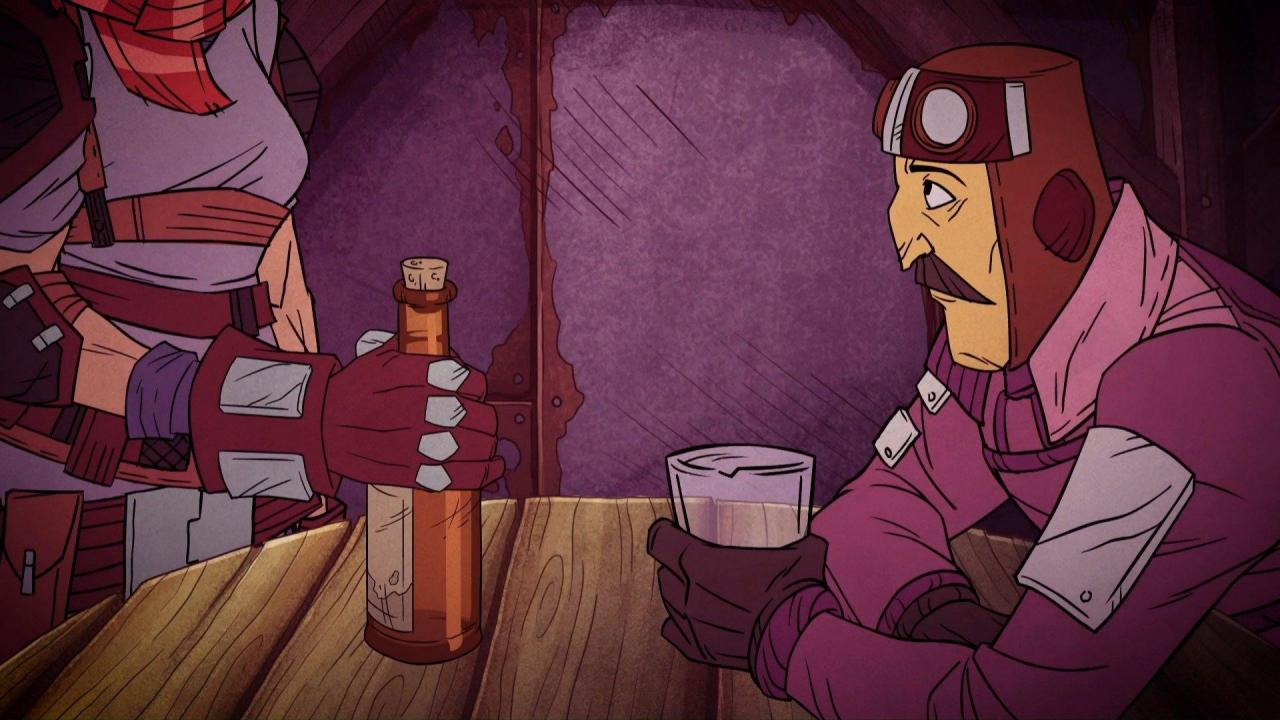
As you all surely know, making friends (And enemies) in this game is one of the more involved ways to get ahead in the game, to rack up buddies in combat, global effect boons and other benefits in dialogue.
So let’s start with the basics.
When you are to choose a side, stick to that side when the game lets you choose.
If you choose to go with the police, then stick with the police.
If you choose to go with the bandits, then stick with the bandits.
What I mean with this, is this:
If you choose to be a friend with the police, then murder all the bandits.
If you choose to be a friend with the bandits, then murder all the police.
I will talk more about the benefits of enemies in another section, but this is the basic concept of the early game friends list.
Alright so for some tricks and benefits of making friends.
1: Making friends in all places makes an easy backup mechanic happen in the game, that you should save your friend to make them love you, and then in a speed event, you could also get free party members.
2: Making friends in bars and/or before fights is a fast way to get swift backup in locations. (Especially bars) use the bouncer to get rid of baddies before a fight, or get a swift drink with someone before a brawl/negotiation if you plan on friending with their faction anyway.
3: Benefits of having friends can also make you get access to unique dialogue to skip hard fights or to get more rewards out of people, or negotiate better deals with them without getting penalties or easier negotiations if they like you. (So they get less resolve, before the fight even starts, which can be a double whammy)
So thinking about your potential friends and enemies before the run or during the run can really get things rolling in the right direction and possibly make it so that you can get a more advanced look at the game. (Which also spices up runs to make them more unique)
I once befriended the entire workforce and became a hero of the people, so I had +10 dmg every turn as an argument every single negotiation for free, along with a pet for another +5 it was completely broken.
When you meet the assassin on the 2nd day, try to spare him if you can, it will benefit you later on. (Only kill him if you’re going for a bleed build, his item is pretty good for it)
The Benefits of Making Enemies

So as a polar opposite to the last section, let’s talk about making people hate you and why its a good thing. (If controlled properly)
The concept of it all is that every single person, that hates you, is a potential 2 fights.
1 Negotiation, when you provoke them into attacking you.
1 Battle, when you defend yourself after said provokation.
In both of these scenarios, you get loot, you get cards, you get shills and you get upgrades on grafts aswell as your cards. so technicly if done correctly, you could have 10+ more fights on your hands before the end, which makes it so you can get a lot more resources. (If the fights are made to be in your favor)
The problem comes with making the wrong people hate you. (The people you will have less chance of meeting again, or that are unprovokeable, such as during certain quest lines etc.)
So keeping that in mind, with some meta knowledge you could probably try and avoid certain characters and try not to ♥♥♥♥ them off beyond dislike, because that global debuff might never go away. (On higher prestige levels it really stacks up after a while)
So making enemies is not all that bad as people think, for advanced players it might be even a benefit or a large boon.
Which is why I said the whole thing about the “Bandit/Police” thing, making the other side hate you, is an easy way to just straightup provoke and kill everyone else later to get rid of hatred.
The Benefits of Wealth
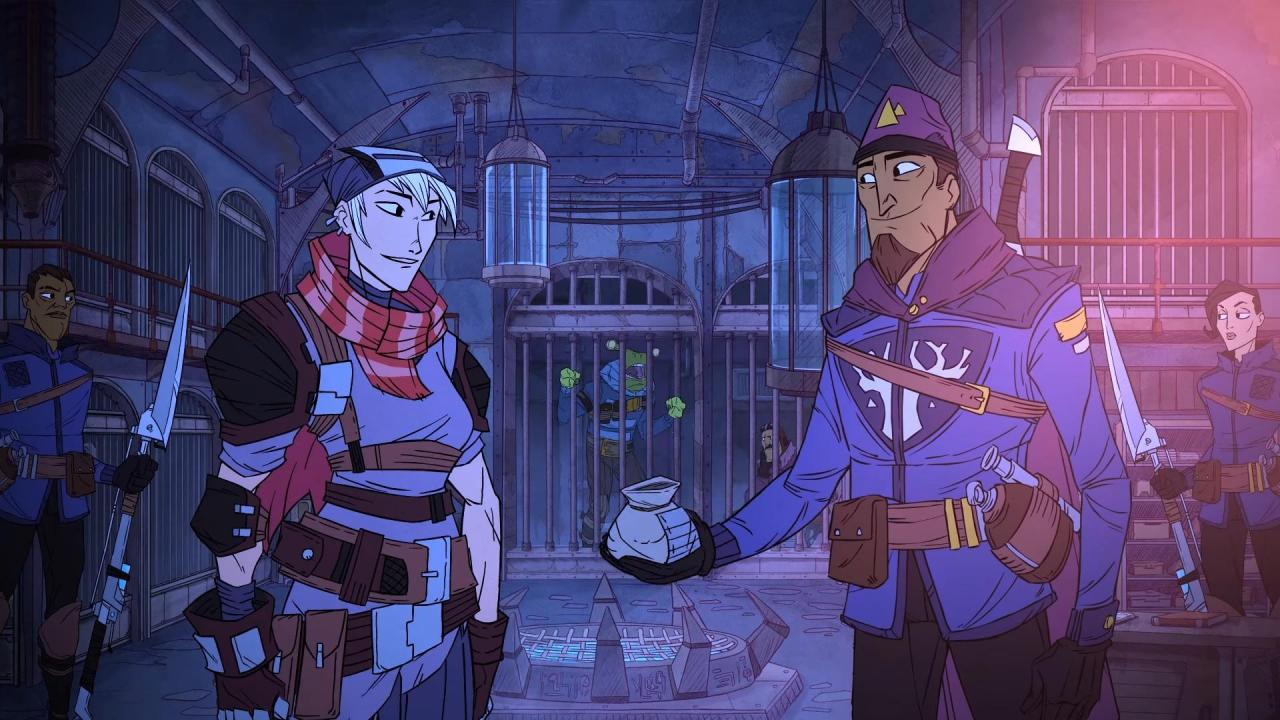
So here we are, the big monies, the cashoroni, the dimes, the gold, the shills that we all love and want, and the benefits behind them.
Everything, and I mean everything, runs on money in this game.
1: The removal of Negotiation cards to thin out your Negotiation deck. (To draw the right cards)
2: The removal of Battle cards to thin out your Battle deck. (To draw the right cards)
3: The way to buy people drinks to make friends, to buy said friends gifts to make them love you.
4: The way to get graft slot upgrades and to buy better ones.
5: The way to bribe people into doing what you want, and to hire muscle before a big fight.
6: The way to buy key cards or pets for your benefits. (And to train said pets)
It all comes, from shills.
Getting shills from bribes, getting shills from quest rewards, getting shills from highway robbery, shush money, killing enemies and haters, it all comes down to the way to make money, you are a bounty hunter, the way of the money, is the true way.
This is why shills are important, and why you should think about it and how to make more of it, when you have everything else that you need. (Which is grafts, mostly)
Graft Management
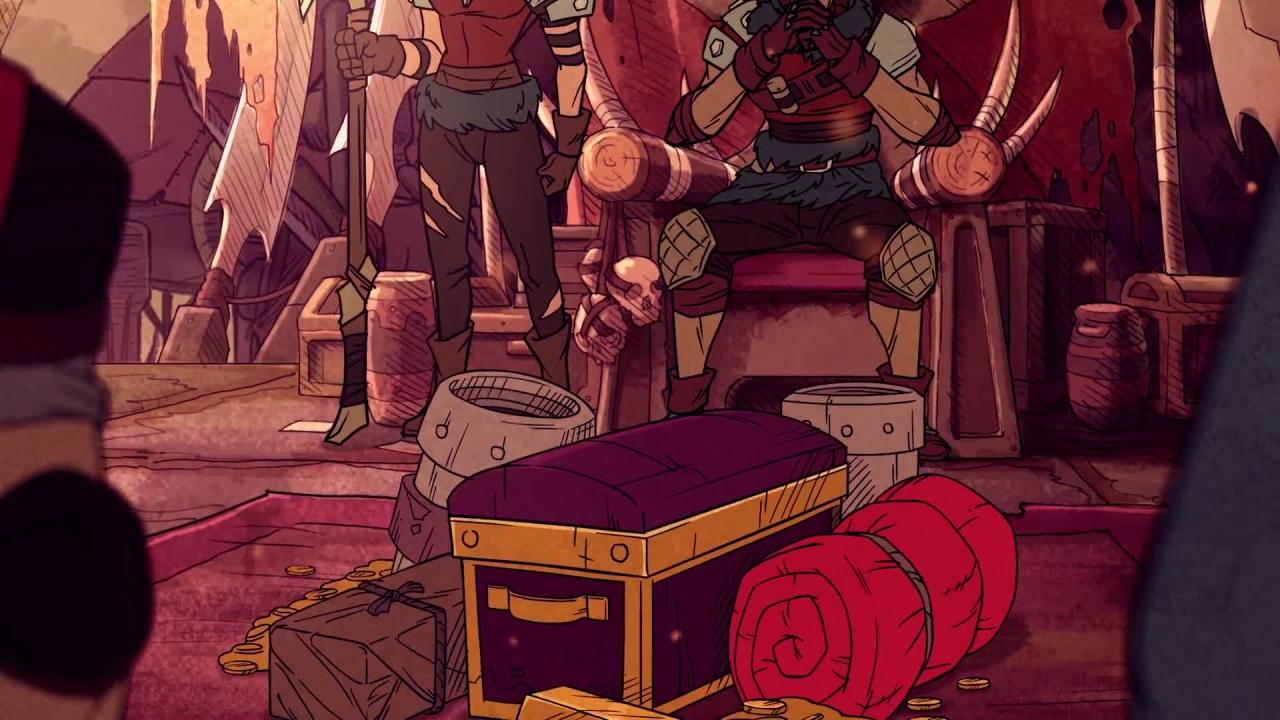
So here we are, the second last section of this guide. (Until further notice)
The benefits of having the right grafts at the right time is basicly night and day.
The lengths you should go to get the correct grafts should be far and wide, getting the right grafts for the right build is an immense way to get things going in the right direction, the effect some of these grafts have on your playstyle and the strength of your decks is tremendous to say the least. (I’ve heard some people say that grafts give minor benefits, this is nonsense and you shouldn’t be listening to these people, they clearly dont know what they’re doing.)
I’m not going to list all the grafts, there is a list ingame in the compendium for you to look at, but what I’m getting at is that, grafts are a very big part of your powerspike during the mid-game and you should focus on getting them maxed out and upgraded before the last fight, the sooner you can get them and the sooner you can get them upgraded by participating in a lot of fights and using their mechanics, the more powerful you’re going to be in the last fights. (Which is why I said grafts are important, in the quest section)
For example, if you’re a solo/bleed build with no pet.
There is a graft that increases your action point every turn by 1 (But it removes the ability to have a pet) What the games doesn’t tell you tho, is that you can still use items to summon “pets” like the drone item or the dog whistle.
And you still benefit from having party members.
Then there is a graft that makes you apply bleed on your very first attack, or that every time you apply a bleed to get certain benefits, etc etc. so stacking all these things together makes the deck you are playing more synergestic and more powerful.
Synergy and proper deckbuilding along with the relationships is the key to winning in this game, picking the “best card” or the “best graft” from every pile, isn’t going to work out for you in the end.
There is a reason why we always have access to the Deck/Graft/Item/Relationship buttons at the top, use them to gain leverage and knowledge, forge synergies and stomp the game.
Deck Building
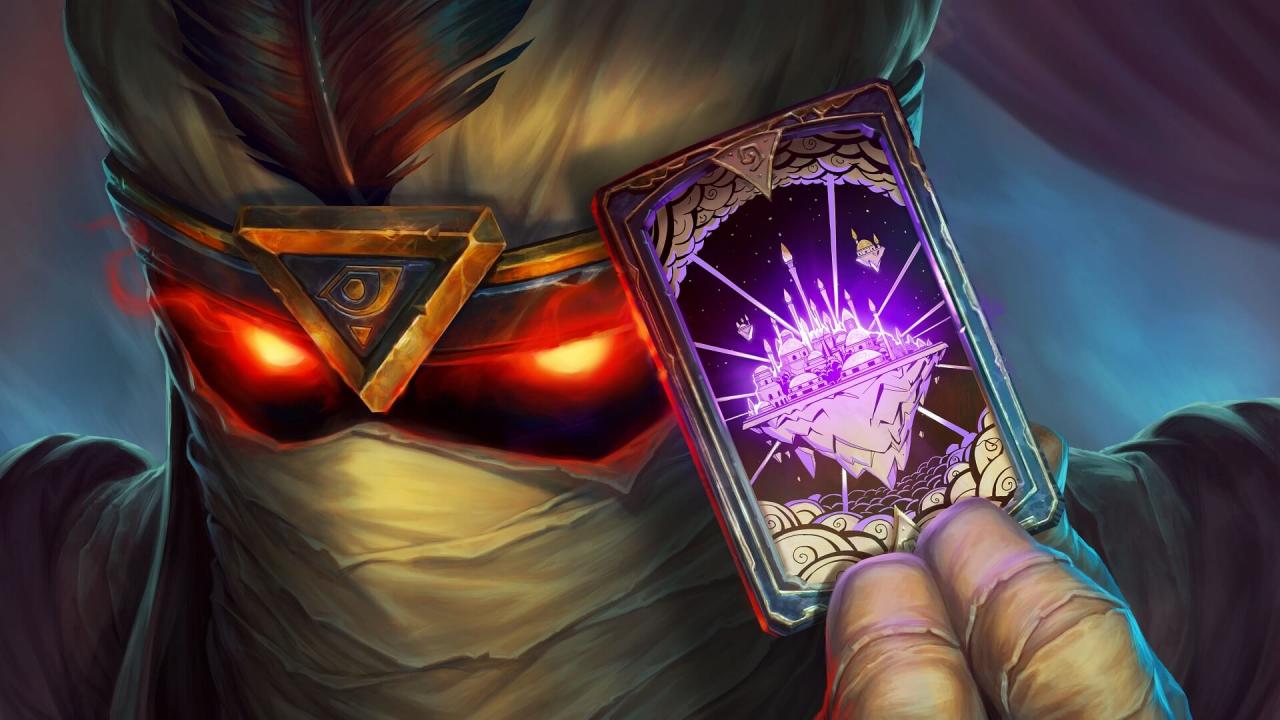
And here we are, the final section of this game, and maybe the most important one, its about how to build proper decks, synergies and archetypes, cards cards cards.
The first mistake I see youtubers make, streamers and other people unfamilar with deckbuilding games, is that they always pick the “best card” in a pile, they never skip the rewards, unless there isn’t a good card. (You get shills for skipping, its not bad.)
Its not bad to skip cards, you are trying to build a deck of cards that benefit from eachother to make a synergy, just putting in endless amounts of cards will bloat your drawing pool and prevent you from finding key cards to start fights with. (Unless you upgrade them with ambush)
Having a 40-50 card deck is not good by a longshot, trying to trim it down into the 15-30 range is way more beneficial, especially in discard/draw heavy decks, that synergize a lot with redrawing your entire deck, discarding it and pumping action points.
So always have a plan in mind for your deck, from the first “good” cards that you find, or the first few grafts, the early game grafts and cards should shape your deck, otherwise you wont snowball properly into the lategame if you always have to pivot your deck into new things and you keep replacing cards so they’re unupgraded, etc etc.
So this is for Sal, just a few i’ve come up with during my play. (Again, I’m not going to list any cards, try to just make it up in your mind or use the compendium)
Improvised Bleeding: The benefits of having improvisation cards and bleeds that go off of that mechanic is a sight to see, make friends with a thug that applies anti-decay on bleeding or be lucky to find a debuff for yourself that does, and you’re good to go.
Now you see me, Now you dont! Discard decks are probably one of my favorites when playing these sort of games, huge amounts of draws, grafts that make you benefit from discards or for filling your entire hand. (2 Defense per card in your hand at end of turn) Huge amount of self-healing and defense, aswell as counters, making yourself into a thorny metal bush of horror is a sight to see.
Combo? I hardly know her! Ohh the combos that can be made with a combo deck, the amount of AoE and absurd amount of hits you can inflict on a target with wounds all over, stacking wound debuffs and unleashing a storm of blades from your combos aswell as being a shield of true steel when it comes to it, all while not spending a single combo point on it, since its refunded next turn.
Just to name a few, I wont spoil too much, I’m more into having others make their own types of decks and experiment, I’m not that much into “netdecking” I’m more of a homebrew player.
The ways of the deckbuilding and mastering it is the key to make synergies in this game, or in any deck building game, here are a few tips.
1: Thinning out your deck by removing cards is not a bad thing, it actually helps the deck draw the cards it wants to draw, and by removing cards that dont benefit the archetype, you get a higher chance of getting the cards you want and not drawing dud or underperforming cards.
2: If you are building a negotiation deck, try to stick to either red or green, dont try and make a hybrid deck, because some actions in the game prevent you or make it harder to do so.
For example, if you kill enough people, you might get a card that are detrimental to an diplomatic green deck by reducing the dmg you deal with diplomatic cards, and give you more dmg on dominance cards.
So if you plan to kill a lot of people, try to stick to a red negotiation deck, if you’re going for a friends playthrough, go for green, spare everyone, or just kill a few key targets.
Some cards like (Unstable) are still beneficial to both deck types, you can also try and get rid of the other cards, but that costs shills/Quest rewards, so try and balance it out.
3: Always have a synergy or archetype in your mind when playing the early game, looking at your decks and building up a concept in your mind is the fastest way to get a good deck going, aswell as your graft choices/rewards, its crucial on higher prestige levels to not make mistakes early, since you want the snowball to keep rollin’
Just dont be afraid to experiment once you get to higher levels of play, its what deck building games are all about, if you go for the same build every single time you will eventually get bored of it, unless you are trying to perfect said build.
That’s all we are sharing today in Griftlands Basic & Advance Guide (Deck Building, Graft Management), if there are anything you want to add please feel free to leave a comment below and we’ll see you soon.
Credit to ZirzoR
